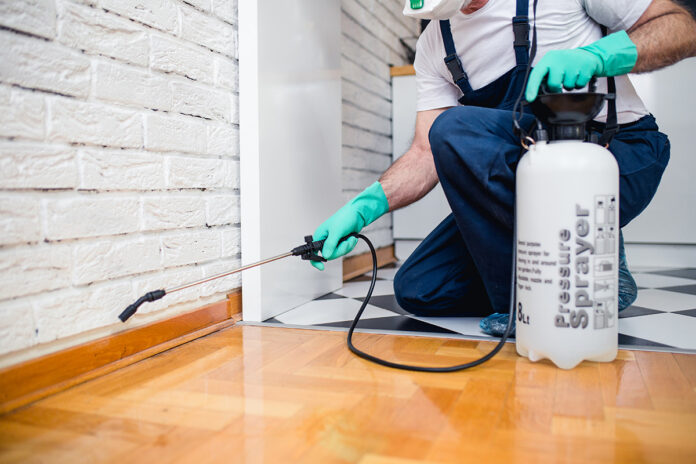Pest control must be done with due regard to safety, plant, animal, and human security. This applies especially to those who have vegetable and natural gardens.
The ultimate goal of organic farming will be thwarted if it is polluted with pesticides.
Here are a few long-term nutrition tips that make pest control less harmful and more environmentally friendly.
1. Apply an insect control system.
This can be accomplished by picking grubs by hand, creating obstacles and traps, and connecting holes. Snails can be found hiding in damp areas under rocks and pull down the base of those plants with leaves tied with ropes.
2. Apply pest control.
Encourage predatory insects such as green cobras and dragonflies to feed on aphids and other insects that attack your plants. You can do this by placing a shallow water container in the garden. Dragonflies especially swim in the water. Antibiotics such as B. Thuringiensis can also be used in caterpillars.
3. Only as a last resort when we should turn to chemical pest control.
Organic insect control methods can be effective, and many recipes can be found in kitchen cabinets. If chemical sprays are needed, try to find the least toxic. These include pesticides, horticultural oil, water-repellent molds, etc.
4. Consider the use of unsafe pest control methods.
Cooking alternatives include the following:
Against Green Aphids and Mites – Combine one teaspoon of liquid soap and a cup of vegetable oil. Dilute a tablespoon of this solution in a cup of water and spray the aphids and worms.
Against Cockroaches – Boric acid dust can be used in crevices or the entrances of these insects. eBay leaves on paint shelves can also help protect these critics.
Make sure the chemicals you use are for specific insecticides.
By Shadrack Wandera

















